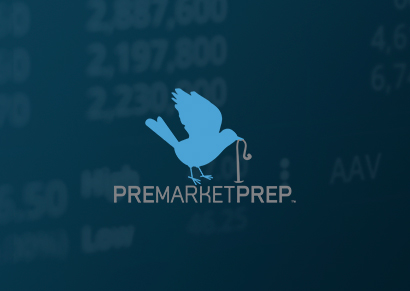Buy-the-dip turned into sell-the-rip for the S&P 500 index futures during Wednesday’s session, as traders and investors eagerly awaited NVIDIA Corp. (NASDAQ: NVDA) earnings to be released after the close.
After some initial selling during overnight hours, bulls were able to bring the index futures back up into the green during the premarket session. However, by the regular session open, the index futures were back to trading slightly in the red. After the opening bell, buyers soon tested resistance at Tuesday’s closing level, and were promptly denied. A slow, choppy decline started to take place and as soon as the premarket low was taken out, the pace of the selloff increased.
Support was initially found near Friday’s intraday and Globex lows, but sellers breached those levels as the afternoon progressed. Support finally held near last Thursday’s (Aug 22) low. As the close neared, buy-the-dippers showed up once again to bring the index futures back up into the 5600’s. The bulls tried to keep the rally going in the penultimate five minutes, but were denied by the time the closing bell rang.
The session concluded just below the day’s midpoint at 5610.25, losing 34.50 handles. After NVIDIA’s earnings came out, the index futures were trading near 5593 by the last after hours print.
Among the top components of the index, Berkshire Hathaway Inc Class B (NYSE: BRK.B) emerged as the biggest gainer. The holding company was able to advance by $3.96 or 0.86% to close at $464.59 for the day, marking new all-time highs.
That performance was over one percent better than the cash index’s decline of 0.58%.
Before the closing bell, the biggest loser was NVIDIA Corp (NASDAQ: NVDA). For the regular session, the chip designer declined by $2.69 or 2.10% to close at $125.61. The company also released its latest quarterly report after the close which sent the issue into further decline. Despite healthy top and bottom-line beats, a $50B stock buyback program, a $0.01 dividend and a forecast for the next quarter that was slightly above estimates, it still wasn’t enough to excite traders and investors to buy the issue. Whether it is the slowing rate of tremendous growth or some combination of other factors, after hours participants have the issue trading another 7% lower at $116.80, as of time of writing.



